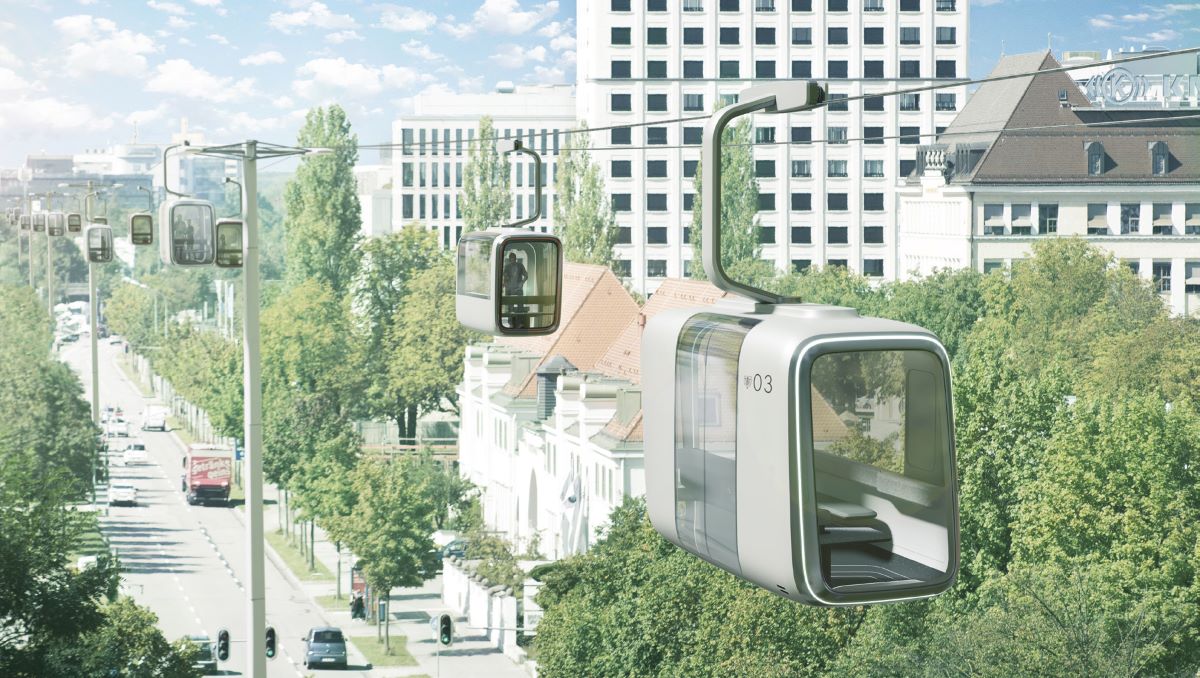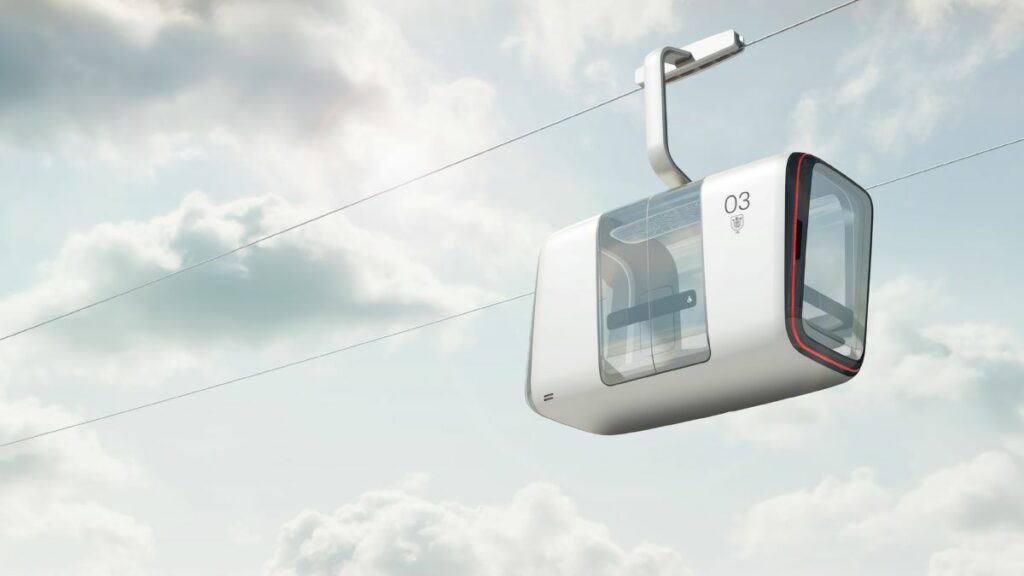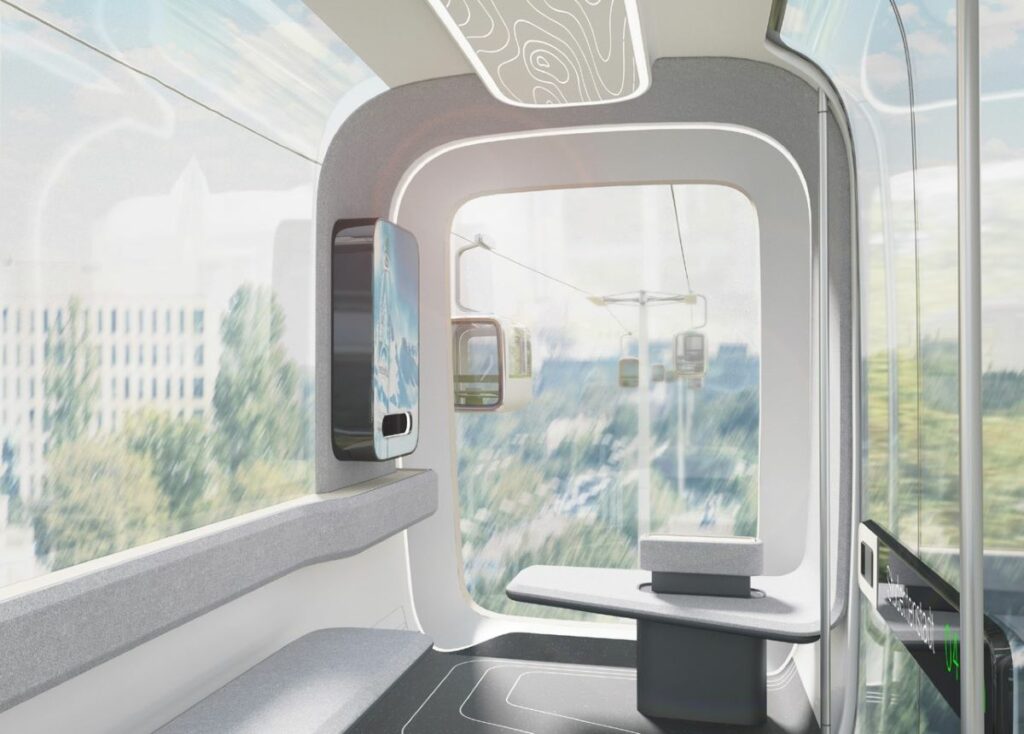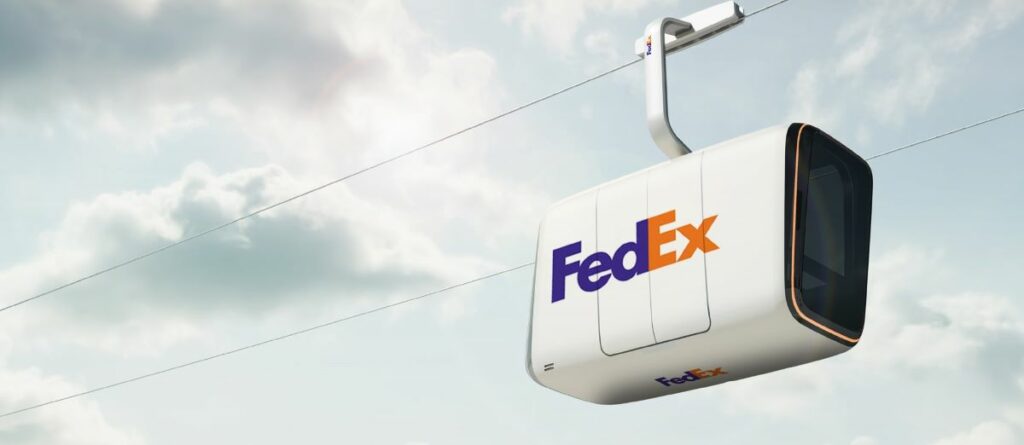
Cities, SI-Urban
Acceptance through Design: Successful design of cable cars in urban spaces
Christiane Bausback discusses a paradigm shift in the design of urban mobility in her presentation at the Cable Car World Congress: moving away from product, standardization, complexity, control, and ownership towards experience, customization, inclusion, simplicity, trust, and accessibility.
„We need a 361-degree innovation in the implementation of cable cars in urban spaces,“ says Bausback.
She advocates for involving designers in the project during the feasibility study phase.
Gondolas can be icons

Holistic approach
Bausback discusses the holistic method of the Infinity Loop, which her company N+P Innovation Design GmbH follows. At the core is sustainable innovation, fueled by four loops:
First, the socio-cultural desires of stakeholders, including the needs of passengers, transportation companies, manufacturers, maintenance providers, and suppliers.
Second, the technology-driven feasibility of innovation. This technical toolbox includes artificial intelligence, collective intelligence, digitization, automation, 3D printing, smart sensors, digital twins, or blockchain.
Third, the economically driven viability of innovation. This involves building economic systems, such as new business models, acceleration programs, or remote work.
Fourth, the ecologically driven sustainability of innovation. Future-oriented solutions take precedence here. Examples include energy efficiency, clean air, green experiences, sustainable supply chains, and alternative propulsion systems.
Life-centred design in the cabins

Horizons
„Often, it‘s important to create an image that forms a debatable foundation for all stakeholders. Such an image makes a vision tangible, making it easier to realize,“ emphasizes Bausback.
This is only possible with new horizons; the process starts in the future and then moves back in time. While the first step in designing urban cable cars remains focused on the past, the second step doesn‘t concern the immediate future as it has in the past; instead, it focuses on the distant future.
From this vision, the design of the next generation is created – think of it as disruptive change. This, in turn, leads to the renewal of the existing design or the immediate future.

Christiane Bausback
Head of Design, N+P Innovation Design GmbH
Christiane Bausback has over 25 years of experience in designing innovation and the future. She works with a wide range of businesses and communities and focuses on developing holistic solutions that build businesses and create memorable experiences for all involved. She gained her experience while working for several years in the US and Germany for consultancies and corporations. Today she works worldwide for clients such as Siemens Mobility, DB, ÖBB and many more.
munich@np-id.com
Success factors
„We must place humans and the environment – life itself – at the center,“ Bausback formulates as the starting point for the design of urban cable cars. Sustainability must be a fundamental attitude, as well as interpersonal relationships. „People trust people,“ says Bausback.
This trust is achieved through comfort, which is why it plays a significant role in urban cable cars. The mobility solution must also be adaptable:
„People want to express themselves through flexibility,“ Bausback says. Closely related to this is the seamlessness of mobility; travel should be possible without limitations.
Design must also be inclusive, making the cable car available and accessible to everyone. „We must place humans and the environment – life itself – at the center,“ Bausback formulates as the starting point for the design of urban cable cars. Sustainability must be a fundamental attitude, as well as interpersonal relationships.
„People trust people,“ says Bausback. The mobility solution must also be adaptable: „People want to express themselves through flexibility,“ Bausback says.
Cargo gondolas on a rope are also possible

Munich case study
From the Infinity Loop to new horizons and success factors, there is a clear path for sustainable design that is accepted by people. The case study in Munich, demonstrates what it can look like.
They have designed cabins that function as icons, are sustainable, and create new mobility experiences. Furthermore, the gondolas are modular and adaptable to the existing infrastructure, concludes Bausback: „The interior can be customized for different target groups – from cyclists and families to seniors.“







